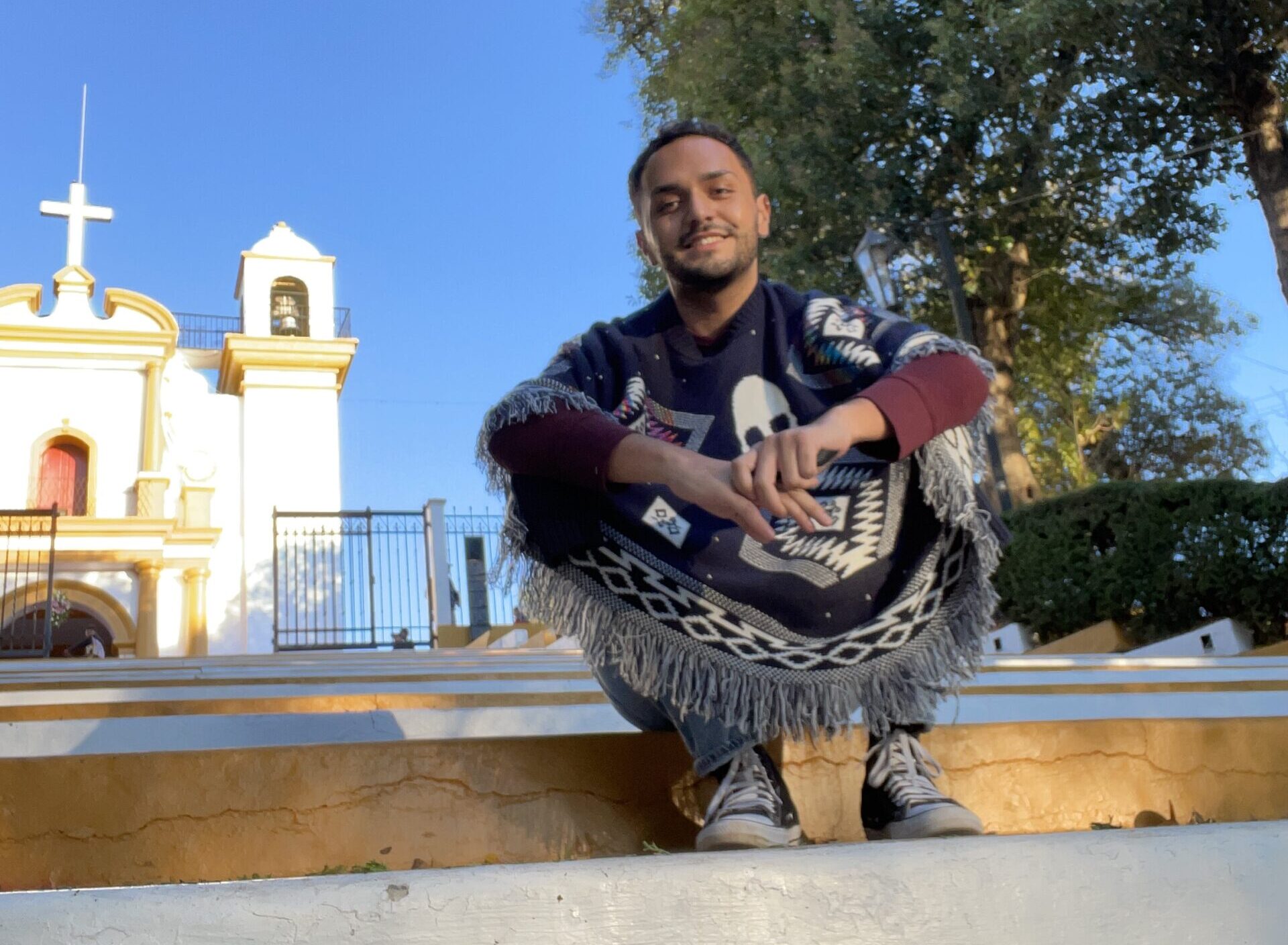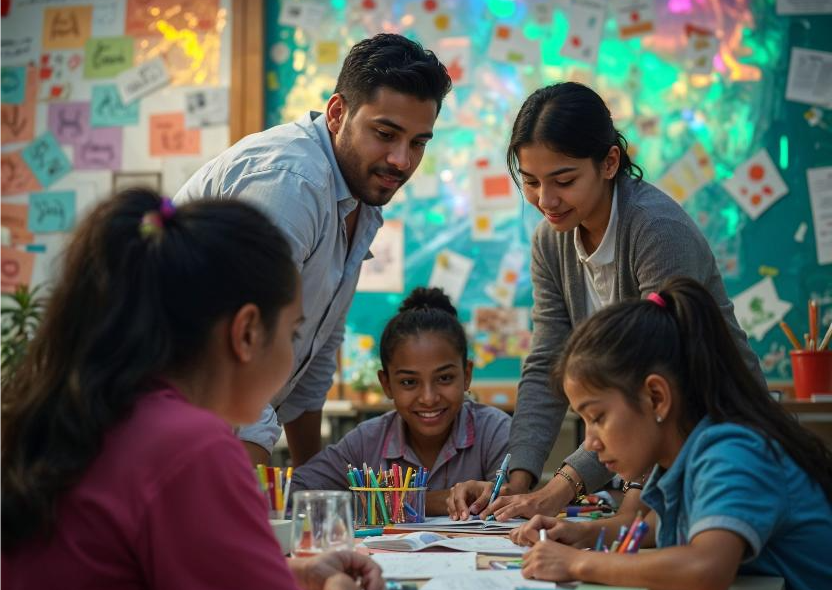I am a Mexican teacher, and through my experience teaching in the United States, I want to share what led me to this exciting career. From a young age, I always believed that education is one of the most effective ways to contribute to our country. I was inspired by the desire to help shape future adults who are good citizens, responsible, and aware of their roles in society. This vocation is not only based on the transmission of knowledge but also on the desire to see my students develop academically and discover the world around them.
The joy of seeing a child understand something new is indescribable. Every small advancement feels like a triumph, not just for them, but for me as their guide. Teaching is not just a job; it’s an opportunity to impact lives and help students prepare to face the challenges of the world. In my classroom, I strive to create an environment where every student feels valued and motivated to learn, and that is what I enjoy most about this profession.
Cultural Exchange: A Personal and Professional Challenge
Since I decided to take the leap and teach in the United States, I knew I was on the path to a significant personal challenge. This step involved not just a geographical change but also an opportunity to immerse myself in a new world. The cultural exchange has been enriching, not only for me but also for my students. I have been fortunate to encounter diverse cultures and educational systems, which has broadened my perspective as an educator and as a human being.
Learning from other cultures has allowed me to understand education in a more global and human way. I have seen how each educational system has its own approach and values, leading me to recognize that human development knows no borders. Every child brings a unique cultural background, and by sharing experiences with them, I realize that the essence of education is universal: we all want to learn, grow, and be understood.
The Importance of Representation
Being a Mexican teacher in the United States has allowed me to connect with my students in a way that transcends the classroom. I can share not only my knowledge but also my experiences and my culture. This creates an inclusive environment where everyone can learn from one another, celebrating our differences while working towards a common goal: learning and growth.
I realized that my representation not only benefits Spanish-speaking children but also enriches the educational experience for all students in the classroom. Diversity, equity, and inclusion are fundamental in education as they foster an environment where every student feels valued and respected. This not only enhances academic performance but also contributes to the social and emotional development of the students.
Benefits of Diversity, Equity, and Inclusion
Diversity in the classroom offers a rich variety of perspectives and approaches, stimulating creativity and critical thinking. When students interact with peers from different backgrounds, they learn to appreciate and understand various cultures, promoting empathy and respect. This inclusive environment not only prepares students for an increasingly globalized world but also teaches them essential interpersonal skills for their future.
For me, as an educator, diversity has been a constant source of learning. Every day, I encounter new ideas and experiences that challenge and enrich me. I have learned to be more adaptable and to adjust my teaching methods to meet the needs of all my students. This flexibility not only improves my professional practice but also makes me a better role model.
The Impact of Learning from Other Cultures
One of the most valuable lessons I’ve learned on this journey is that education should be a bridge between cultures, not a barrier. My interactions with students from diverse backgrounds have enriched my teaching and broadened my worldview. Every shared story, every cultural tradition I’ve been fortunate to learn about, has contributed to my growth as an educator. This has allowed me to adapt my teaching methods to make them more inclusive and relevant.
Seeing my students confront a new environment while I show them that their culture has immense value has made me reflect on the role every teacher plays in their students’ lives. Education is not just a series of academic lessons; it is a journey of human discovery that transcends geographical and cultural boundaries.
Conclusion
In summary, being a teacher in the United States has been a journey of personal and professional learning and growth. The sense of service that motivated me to become an educator remains my guiding principle. I am convinced that education is a powerful tool for transforming lives and societies. By opening the doors to cultural diversity and the exchange of ideas, we can prepare our students to face the world with confidence and knowledge.
If you are considering the possibility of teaching abroad, I encourage you to take the step. The experience you will gain will be invaluable, and every day you will have the opportunity to impact the lives of young people and contribute to a better future. Education is the path to a more just and understanding world! Apply here today
This blog was written by Global Workforce Development, powered by IAG, an organization dedicated to creating international job opportunities for professionals.


